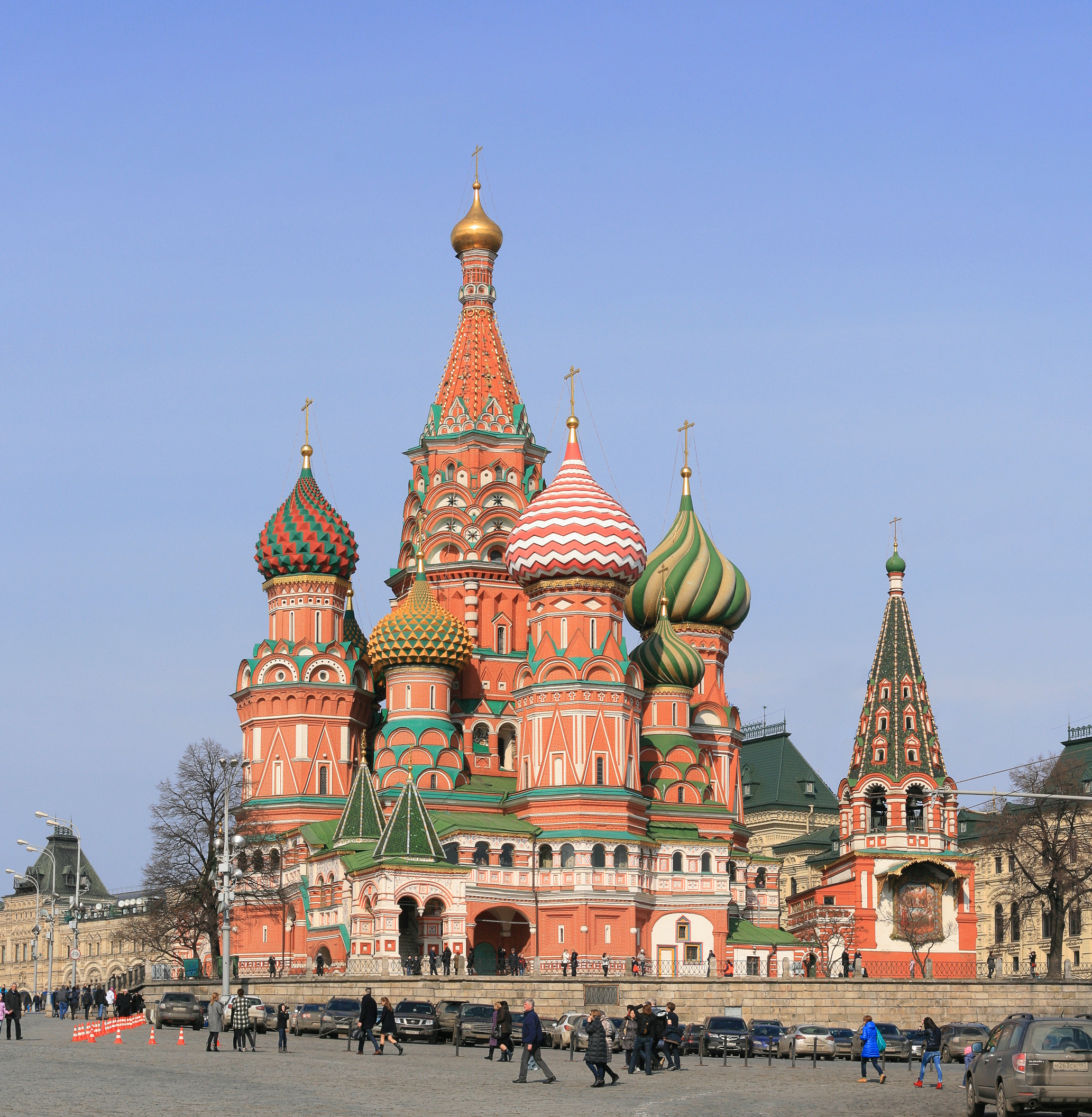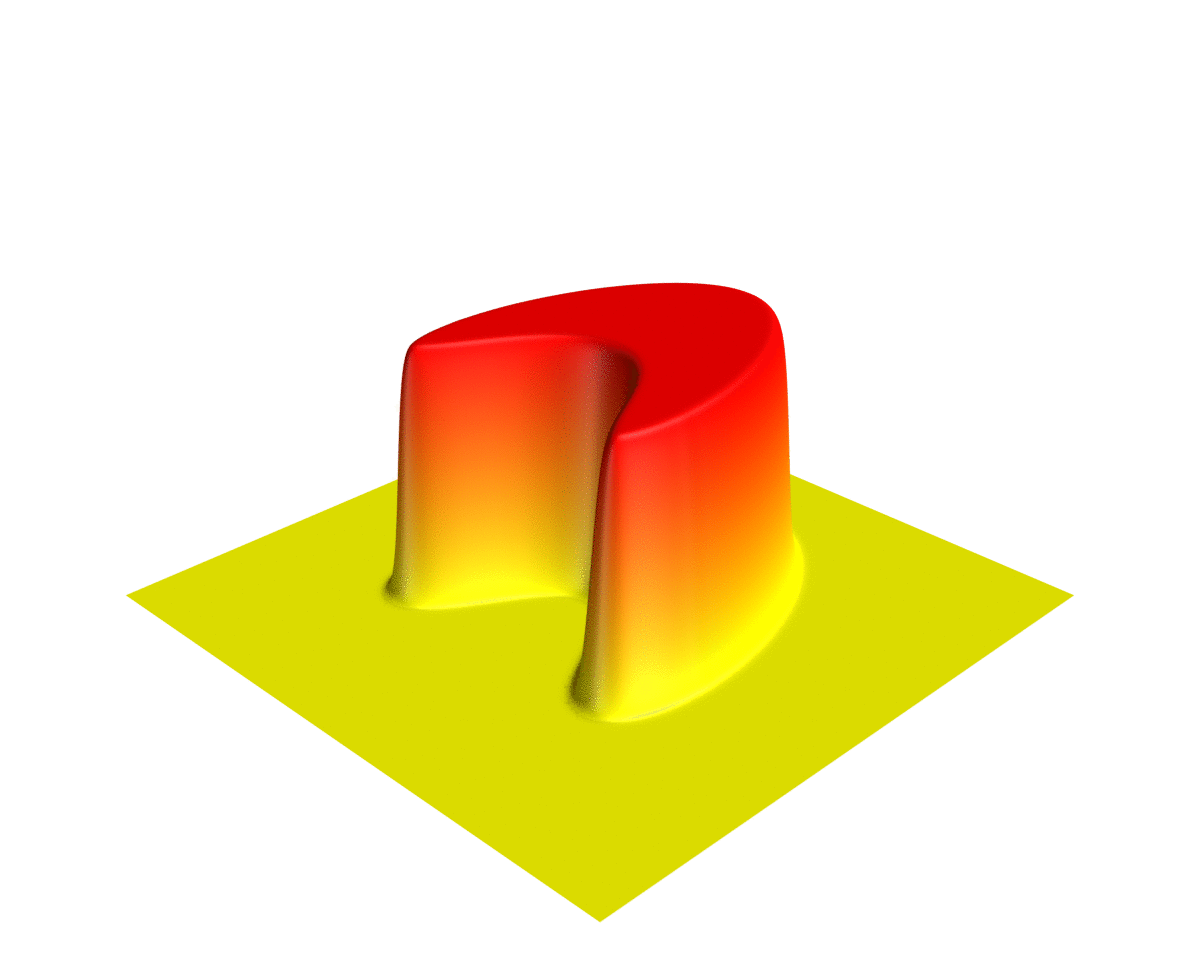|
Vyacheslav Ivanovich Lebedev
Vyacheslav Ivanovich Lebedev () (January 27, 1930 – March 22, 2010) was a USSR, Soviet and Russian mathematician, known for his work on numerical analysis. Career Lebedev was a Ph.D. student of Sergei Sobolev, Sobolev. He worked at the Kurchatov Institute and Soviet/Russian Academy of Sciences, and taught students at the Moscow State University and Moscow Institute of Physics and Technology. He authored over a hundred papers and several books, most noticeably "Numerical methods in the theory of neutron transport" jointly with Gury Marchuk and "Functional Analysis in Computational Mathematics", based on his lectures. He graduated over 15 Ph.D. students. Lebedev quadrature has become one of the popular methods of integration on a sphere. Areas of expertise He worked in many areas of computational and applied mathematics, ranging from software development for nuclear reactors modeling to approximation by polynomials, from Lebedev quadrature, quadrature on a sphere to numerical ... [...More Info...] [...Related Items...] OR: [Wikipedia] [Google] [Baidu] |
Lebedev Quadrature
In numerical analysis, Lebedev quadrature, named after Vyacheslav Ivanovich Lebedev, is an approximation to the surface integral of a function over a three-dimensional sphere. The grid is constructed so to have octahedral symmetry, octahedral rotation and inversion symmetry. The number and location of the grid points together with a corresponding set of integration weights are determined by enforcing the exact integration of polynomials (or equivalently, spherical harmonics) up to a given order, leading to a sequence of increasingly dense grids analogous to the one-dimensional Gauss–Legendre quadrature, Gauss–Legendre scheme. The Lebedev grid is often employed in the numerical evaluation of volume integrals in the spherical coordinate system, where it is combined with a one-dimensional integration scheme for the radial coordinate. Applications of the grid are found in fields such as computational chemistry and neutron transport. Angular integrals The surface integral of a func ... [...More Info...] [...Related Items...] OR: [Wikipedia] [Google] [Baidu] |
Moscow
Moscow is the Capital city, capital and List of cities and towns in Russia by population, largest city of Russia, standing on the Moskva (river), Moskva River in Central Russia. It has a population estimated at over 13 million residents within the city limits, over 19.1 million residents in the urban area, and over 21.5 million residents in Moscow metropolitan area, its metropolitan area. The city covers an area of , while the urban area covers , and the metropolitan area covers over . Moscow is among the world's List of largest cities, largest cities, being the List of European cities by population within city limits, most populous city entirely in Europe, the largest List of urban areas in Europe, urban and List of metropolitan areas in Europe, metropolitan area in Europe, and the largest city by land area on the European continent. First documented in 1147, Moscow became the capital of the Grand Principality of Moscow, which led the unification of the Russian lan ... [...More Info...] [...Related Items...] OR: [Wikipedia] [Google] [Baidu] |
Partial Differential Equation
In mathematics, a partial differential equation (PDE) is an equation which involves a multivariable function and one or more of its partial derivatives. The function is often thought of as an "unknown" that solves the equation, similar to how is thought of as an unknown number solving, e.g., an algebraic equation like . However, it is usually impossible to write down explicit formulae for solutions of partial differential equations. There is correspondingly a vast amount of modern mathematical and scientific research on methods to numerically approximate solutions of certain partial differential equations using computers. Partial differential equations also occupy a large sector of pure mathematical research, in which the usual questions are, broadly speaking, on the identification of general qualitative features of solutions of various partial differential equations, such as existence, uniqueness, regularity and stability. Among the many open questions are the existence ... [...More Info...] [...Related Items...] OR: [Wikipedia] [Google] [Baidu] |
Moscow State University Alumni
Moscow is the Capital city, capital and List of cities and towns in Russia by population, largest city of Russia, standing on the Moskva (river), Moskva River in Central Russia. It has a population estimated at over 13 million residents within the city limits, over 19.1 million residents in the urban area, and over 21.5 million residents in Moscow metropolitan area, its metropolitan area. The city covers an area of , while the urban area covers , and the metropolitan area covers over . Moscow is among the world's List of largest cities, largest cities, being the List of European cities by population within city limits, most populous city entirely in Europe, the largest List of urban areas in Europe, urban and List of metropolitan areas in Europe, metropolitan area in Europe, and the largest city by land area on the European continent. First documented in 1147, Moscow became the capital of the Grand Principality of Moscow, which led the unification of the Russian lan ... [...More Info...] [...Related Items...] OR: [Wikipedia] [Google] [Baidu] |
Numerical Analysts
{{disambig ...
Numerical may refer to: * Number * Numerical digit * Numerical analysis Numerical analysis is the study of algorithms that use numerical approximation (as opposed to symbolic computation, symbolic manipulations) for the problems of mathematical analysis (as distinguished from discrete mathematics). It is the study of ... [...More Info...] [...Related Items...] OR: [Wikipedia] [Google] [Baidu] |
Soviet Mathematicians
This list of Russian mathematicians includes the famous mathematicians from the Russian Empire, the Soviet Union and the Russian Federation. Alphabetical list __NOTOC__ A *Georgy Adelson-Velsky, inventor of AVL tree algorithm, developer of Kaissa, the first world computer chess champion *Sergei Adian, known for his work in group theory, especially on the Burnside problem *Aleksandr Danilovich Aleksandrov, Aleksandr Aleksandrov, developer of CAT(k) space and Alexandrov's uniqueness theorem in geometry *Pavel Alexandrov, author of the Alexandroff compactification and the Alexandrov topology *Dmitri Anosov, developed Anosov diffeomorphism *Vladimir Arnold, an author of the Kolmogorov–Arnold–Moser theorem in dynamical systems, solved Hilbert's 13th problem, raised the ADE classification and Arnold's rouble problems B *Alexander Beilinson, influential mathematician in representation theory, algebraic geometry and mathematical physics *Sergey Bernstein, developed the Bernstein p ... [...More Info...] [...Related Items...] OR: [Wikipedia] [Google] [Baidu] |
Chebyshev Gold Medal
Pafnuty Lvovich Chebyshev ( rus, Пафну́тий Льво́вич Чебышёв, p=pɐfˈnutʲɪj ˈlʲvovʲɪtɕ tɕɪbɨˈʂof) ( – ) was a Russian mathematician and considered to be the founding father of Russian mathematics. Chebyshev is known for his fundamental contributions to the fields of probability, statistics, mechanics, and number theory. A number of important mathematical concepts are named after him, including the Chebyshev inequality (which can be used to prove the weak law of large numbers), the Bertrand–Chebyshev theorem, Chebyshev polynomials, Chebyshev linkage, and Chebyshev bias. Transcription The surname Chebyshev has been transliterated in several different ways, like Tchebichef, Tchebychev, Tchebycheff, Tschebyschev, Tschebyschef, Tschebyscheff, Čebyčev, Čebyšev, Chebysheff, Chebychov, Chebyshov (according to native Russian speakers, this one provides the closest pronunciation in English to the correct pronunciation in old Russian) ... [...More Info...] [...Related Items...] OR: [Wikipedia] [Google] [Baidu] |
Soviet State Award
The USSR State Prize () was one of the Soviet Union’s highest civilian honours, awarded from its establishment in September 1966 until the dissolution of the USSR in 1991. It recognised outstanding contributions in the fields of science, mathematics, literature, the arts, and architecture. History State Stalin Prize (1941–1956) The award traces its origins to the State Stalin Prize (), commonly known as the Stalin Prize, which was established in 1941. It honoured achievements in science, technology, literature, and the arts deemed vital to the Soviet war effort and postwar reconstruction.Volkov, Solomon; Bouis, Antonina W., trans. 2004. ''Shostakovich and Stalin: The Extraordinary Relationship Between the Great Composer and the Brutal Dictator''. New York: Alfred A. Knopf. ISBN 0-375-41082-1. Ceremonies were suspended during 1944–45 and then held twice in 1946 (January for works from 1943–44; June for 1945 works). USSR State Prize (1966–1991) By 1966, the Stalin Prize h ... [...More Info...] [...Related Items...] OR: [Wikipedia] [Google] [Baidu] |
Parallel Computing
Parallel computing is a type of computing, computation in which many calculations or Process (computing), processes are carried out simultaneously. Large problems can often be divided into smaller ones, which can then be solved at the same time. There are several different forms of parallel computing: Bit-level parallelism, bit-level, Instruction-level parallelism, instruction-level, Data parallelism, data, and task parallelism. Parallelism has long been employed in high-performance computing, but has gained broader interest due to the physical constraints preventing frequency scaling.S.V. Adve ''et al.'' (November 2008)"Parallel Computing Research at Illinois: The UPCRC Agenda" (PDF). Parallel@Illinois, University of Illinois at Urbana-Champaign. "The main techniques for these performance benefits—increased clock frequency and smarter but increasingly complex architectures—are now hitting the so-called power wall. The computer industry has accepted that future performance inc ... [...More Info...] [...Related Items...] OR: [Wikipedia] [Google] [Baidu] |
Finite Difference Method
In numerical analysis, finite-difference methods (FDM) are a class of numerical techniques for solving differential equations by approximating Derivative, derivatives with Finite difference approximation, finite differences. Both the spatial domain and time domain (if applicable) are Discretization, discretized, or broken into a finite number of intervals, and the values of the solution at the end points of the intervals are approximated by solving algebraic equations containing finite differences and values from nearby points. Finite difference methods convert ordinary differential equations (ODE) or partial differential equations (PDE), which may be Nonlinear partial differential equation, nonlinear, into a system of linear equations that can be solved by matrix algebra techniques. Modern computers can perform these linear algebra computations efficiently, and this, along with their relative ease of implementation, has led to the widespread use of FDM in modern numerical analysi ... [...More Info...] [...Related Items...] OR: [Wikipedia] [Google] [Baidu] |





